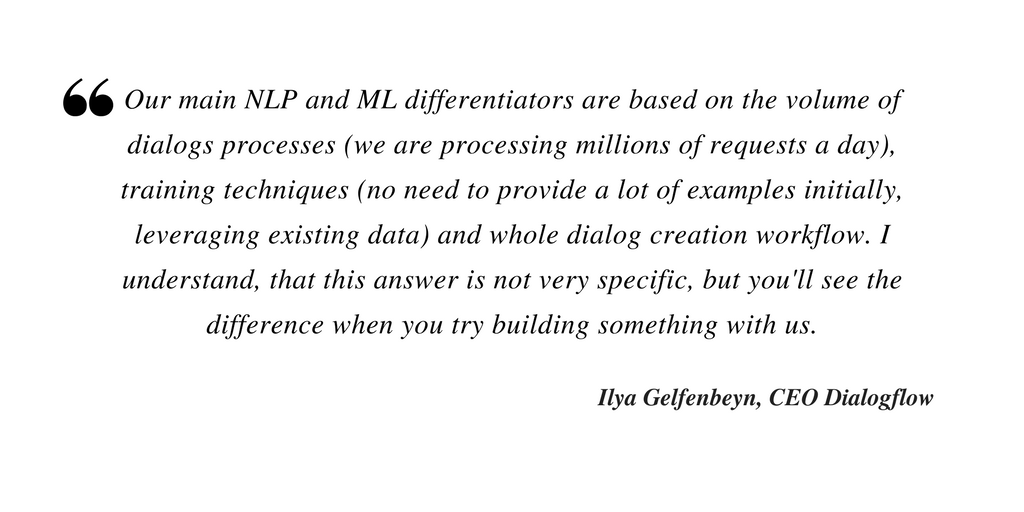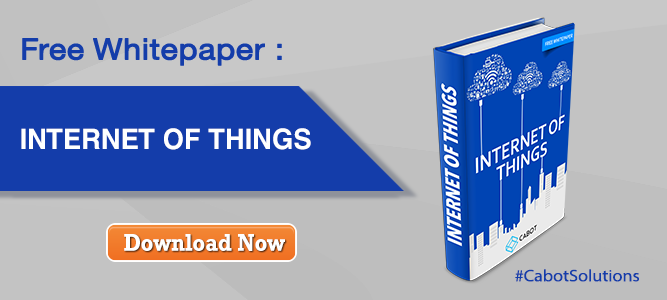‘Chatbots’ - a term which is familiar for the layman. We could see and experience the usage of chatbot in our daily life. With the advent of technology, changes in consumer’s behavior and expectation also increases.Through technological expansion, chatbots and intelligent assistants are redefining the user engagement and brand experiences.
It's better to start with a quote from Ted Livingston, founder, and CEO of Kik: “Chat apps will come to be thought of as the new browsers; bots will be the new websites. This is the beginning of a new internet.
In simple words, chatbot is a software chunk that helps to chat with things to get done or to be entertained. It is a technology which aids the human to converse with the computers in their own language using a graphical interface. Chatbots tend to mimic humans in performing any tasks or conversing.
With the technological revolution, chatbots evolve in 1950 with Alan Turing’s intelligent machine.Many artificial intelligent systems emerge in the course of time following Turing’s intelligent machine.
Chatbots are gaining popularity in the implementation of real-world applications. They can cater the customer experience by providing customer support & service, product recommendations & suggestions and engaging customers with appealing marketing campaigns.
Chatbots can function as a lawyer, teacher, doctor, personal stylist, toy and even as a companion thus enriching our life.
A successful chatbot behaves to be human-like and it provides valuable features that help users. For building a chatbot we have to identify its function & purpose and then corresponding sector for which we are using the same.
We got a basic idea about the chatbots and its importance.Now the question arises 'Where and How could I build these chatbots?'
There are several tools available in the market for building chatbots.The tools are Dialogflow, wit.ai, Amazon lex, Luis, Watson and so on.
But still, a confusion occurs ‘Which tool should be used for these?’
The following section discusses these tools:
Api.ai is now known as DialogFlow. It was acquired by Google in 2016. This platform connect with users on Google assistant and other messaging apps and devices.
Here is an excerpt from the CEO of DialogFlow at ProductHunt about the characteristic features of DialogFlow.

DialogFlow uses Intents, Entities, Actions with parameters, Contexts, Speech to Text and Text to Speech capabilities, along with machine learning that works silently and trains your model. DialogFlow has built-in knowledge on topics like casual talks, weather, and wisdom. It means we don’t have to train the agent for these intents. DialogFlow returns the output as JSON data.
Wit.ai is acquired by Facebook. It is a SaaS platform making easy for developers to build a chatbot for their app or device. It can be used in platforms which learn new commands semantically to those input by the developer.
Amazon lex is a service for building chatbots for any application or device using voice and text. Using Amazon lex any developer can build conversational chatbots instantly.
It is the service provided by Amazon. Amazon Lex provides the advanced deep learning functionalities of automatic speech recognition (ASR) for converting speech to text, and natural language understanding (NLU) to recognize the intent of the text.
Luis is acronym for Language Understanding Intelligent Service. It is the service provided by Microsoft. Luis understand the language of laymen contextually and communicate in the way they speak. It also uses intents and entities. One of the key feature of Luis is active learning technology. It offers pre-built domains for things like devices, music, calendar and so on.
Watson is an AI platform provided by IBM. It can understand all forms of data, interact with people and learn from that interaction. IBM had moved the technology of Watson into cloud and released it API allowing the user to make conversational bots. It is built on neural network. The main components are intents, entities and dialog.
We are witnessing a huge demand for the growth of chatbots. Currently, a large number of platforms are available for making chatbots. The tools discussed above are backed by Tech - Giants. So we could say they all maintain a standard.
In order to create a chatbot for your business, a variety of NLP tools are available. The choice of tool depends on the requirements & needs, integration needed and technology preference. There are much more platforms to explore. We had given a glimpse of few frameworks or tools that would be useful for building chatbots. With the pace of progress and interest in conversational interfaces, new tools may soon arise in the market.
Want to explore more about conversational interfaces we are here to help you!


YOU WILL BE HEARING FROM US SOON!
We look forward to hearing from you!

YOU WILL BE HEARING FROM US SOON!